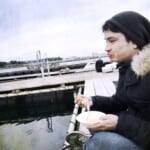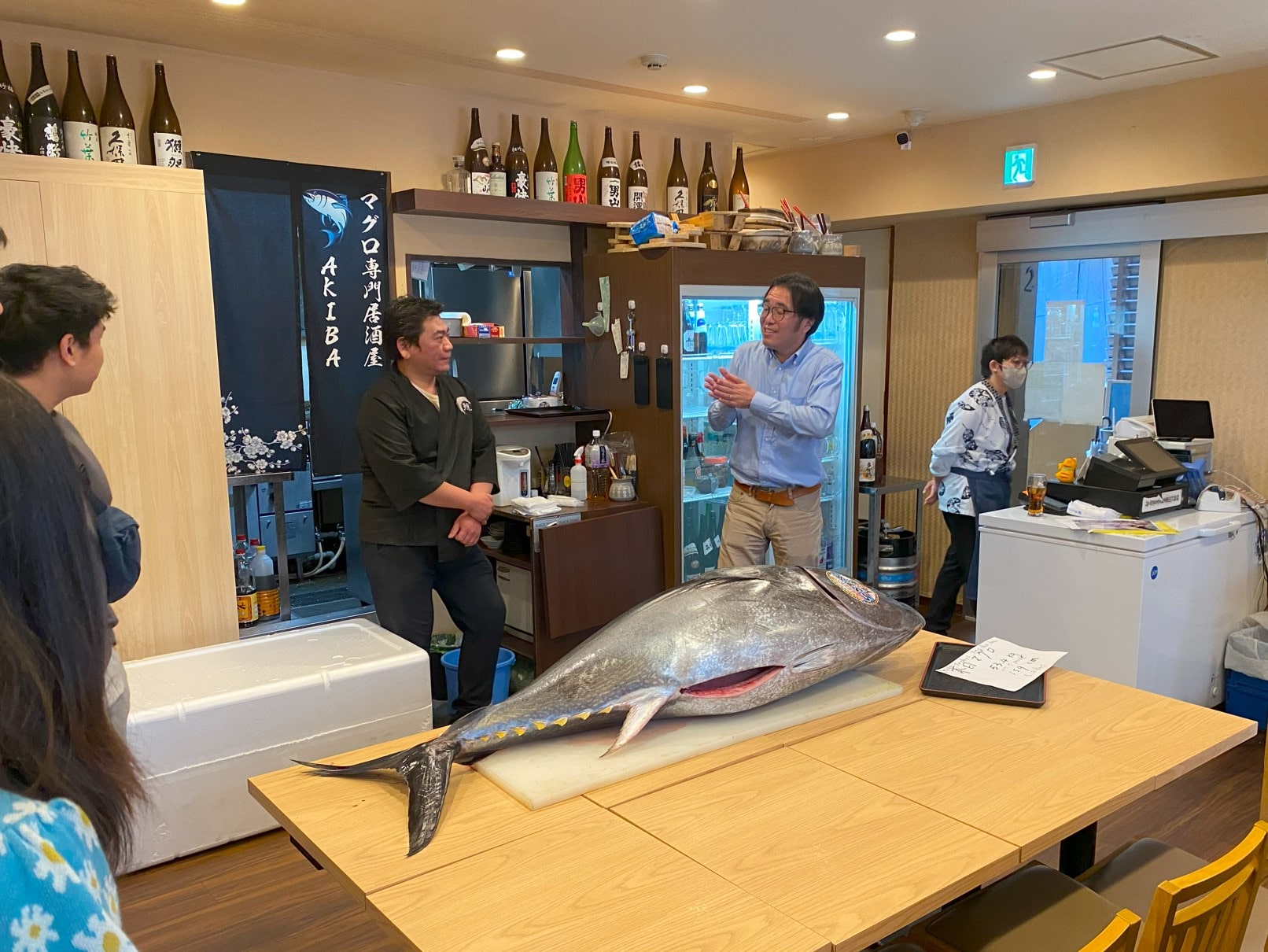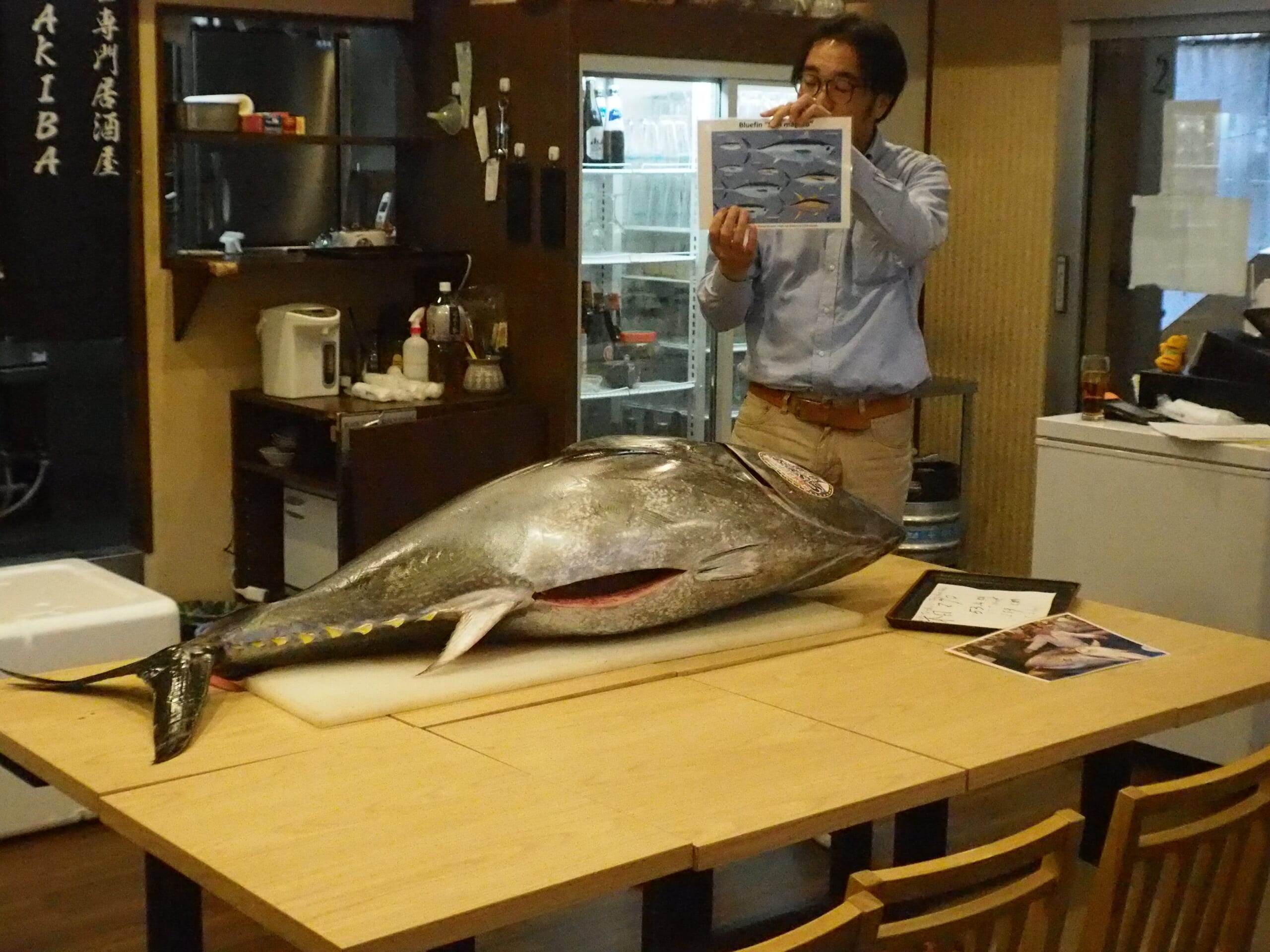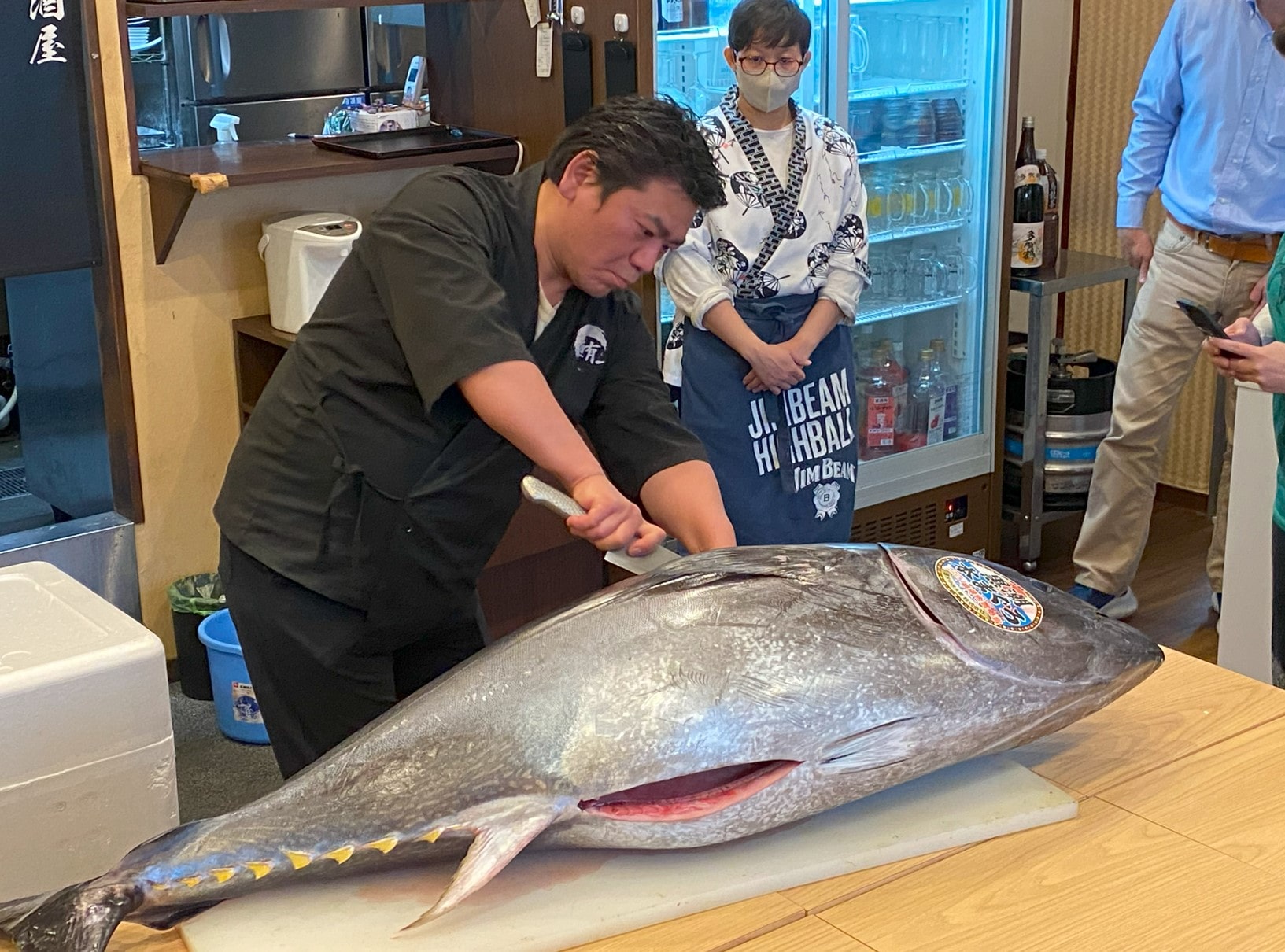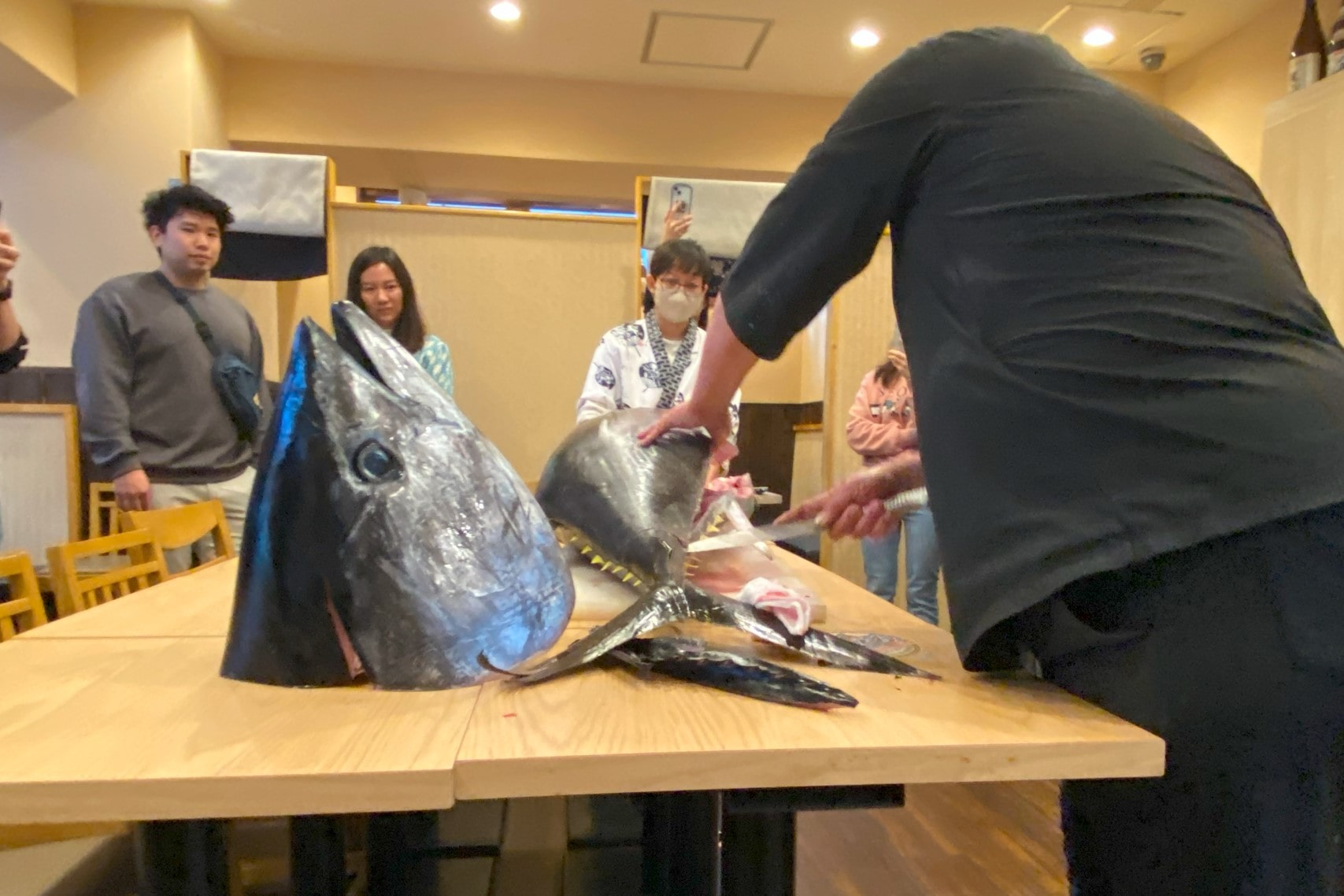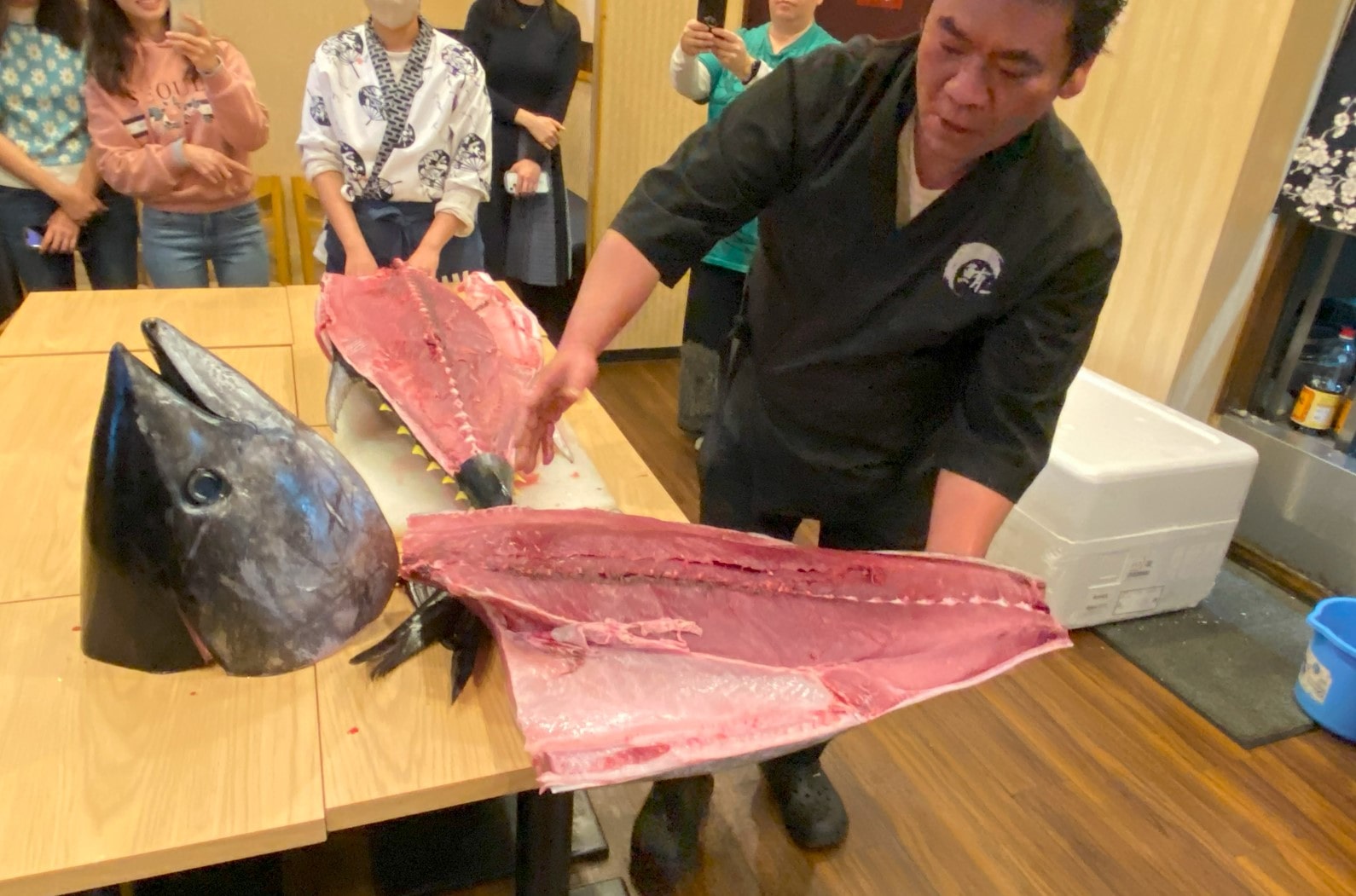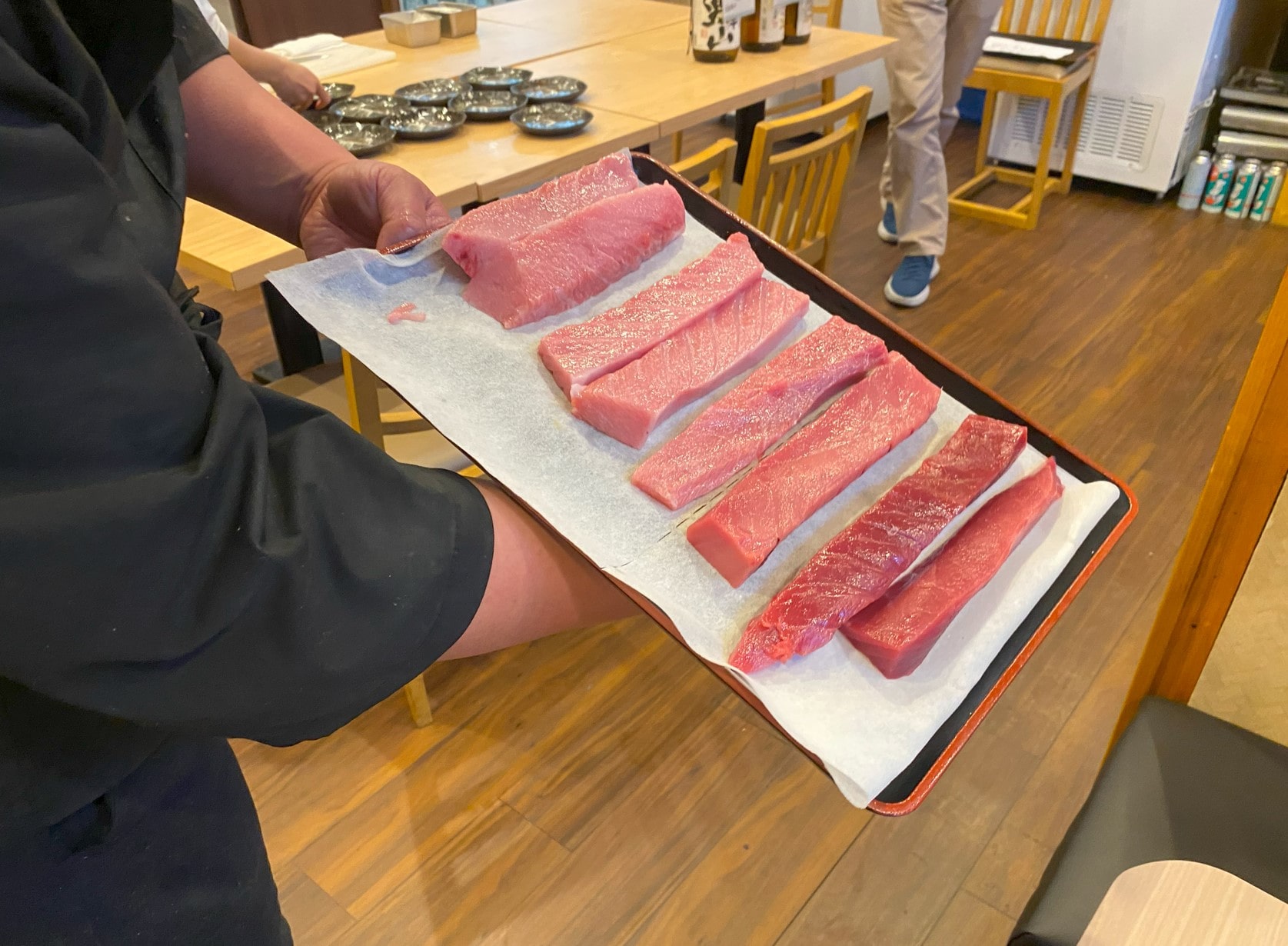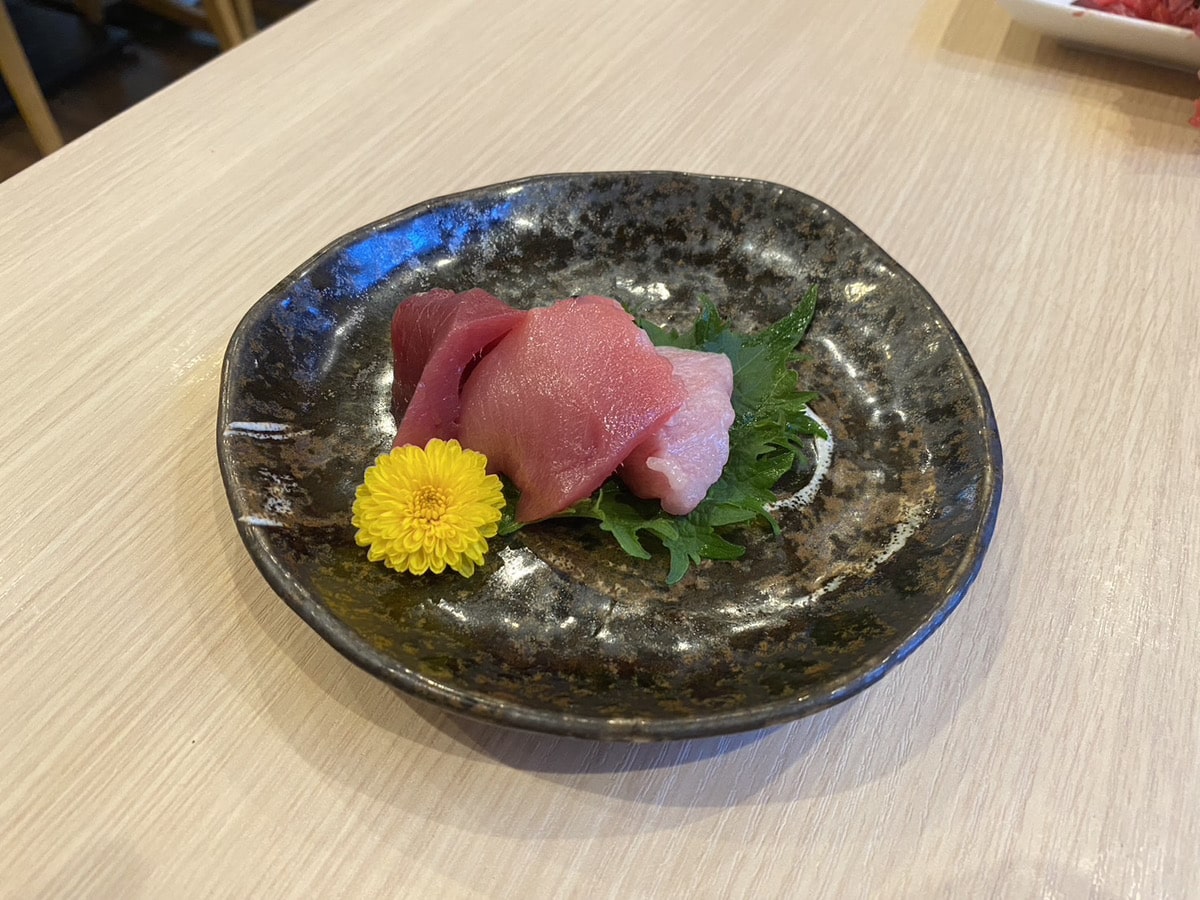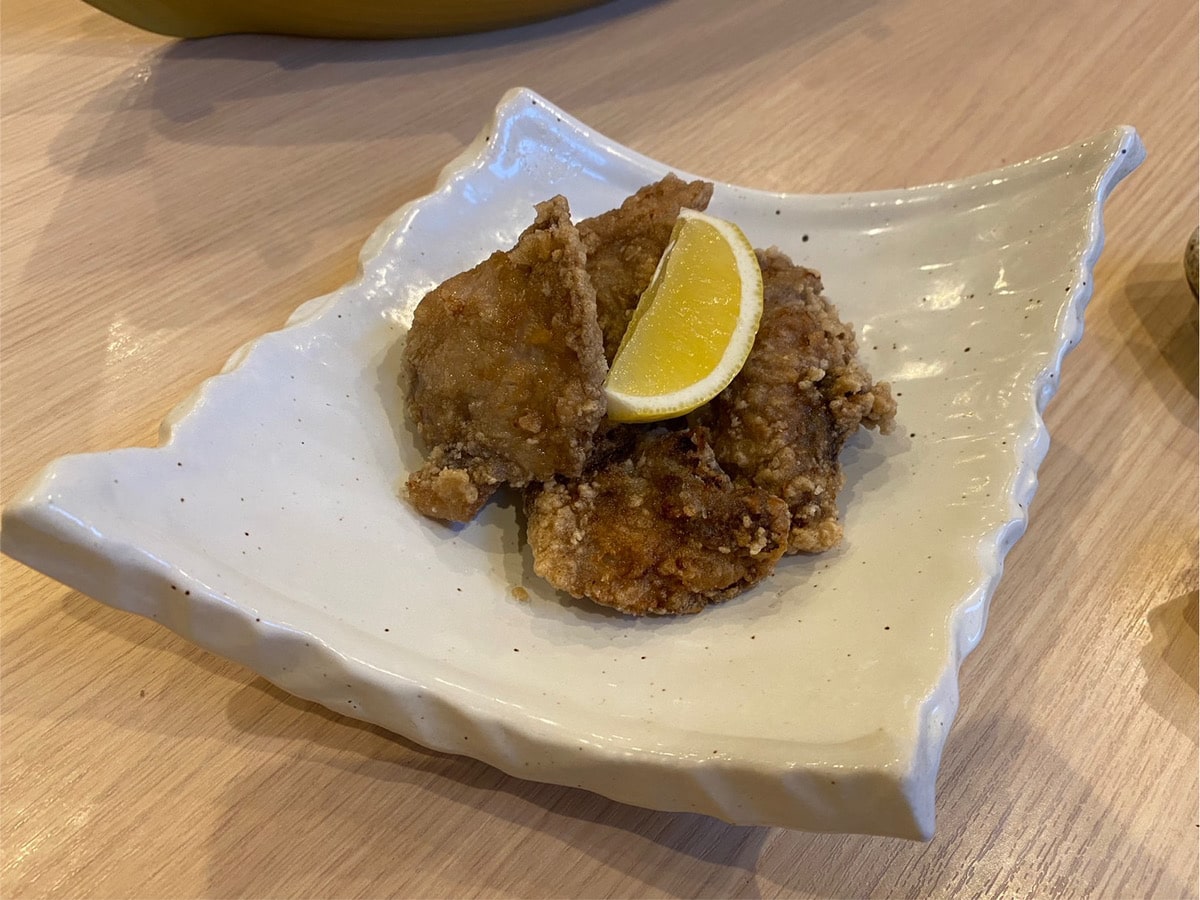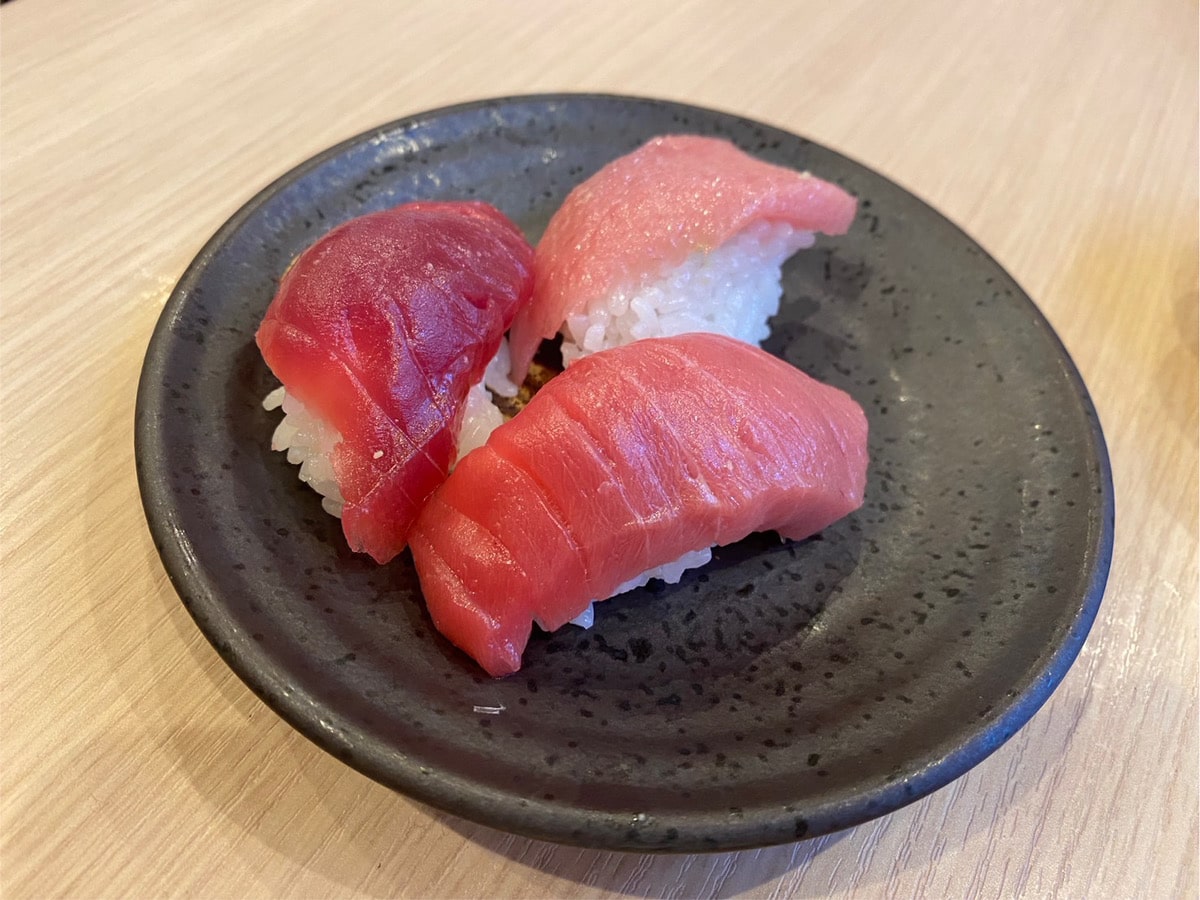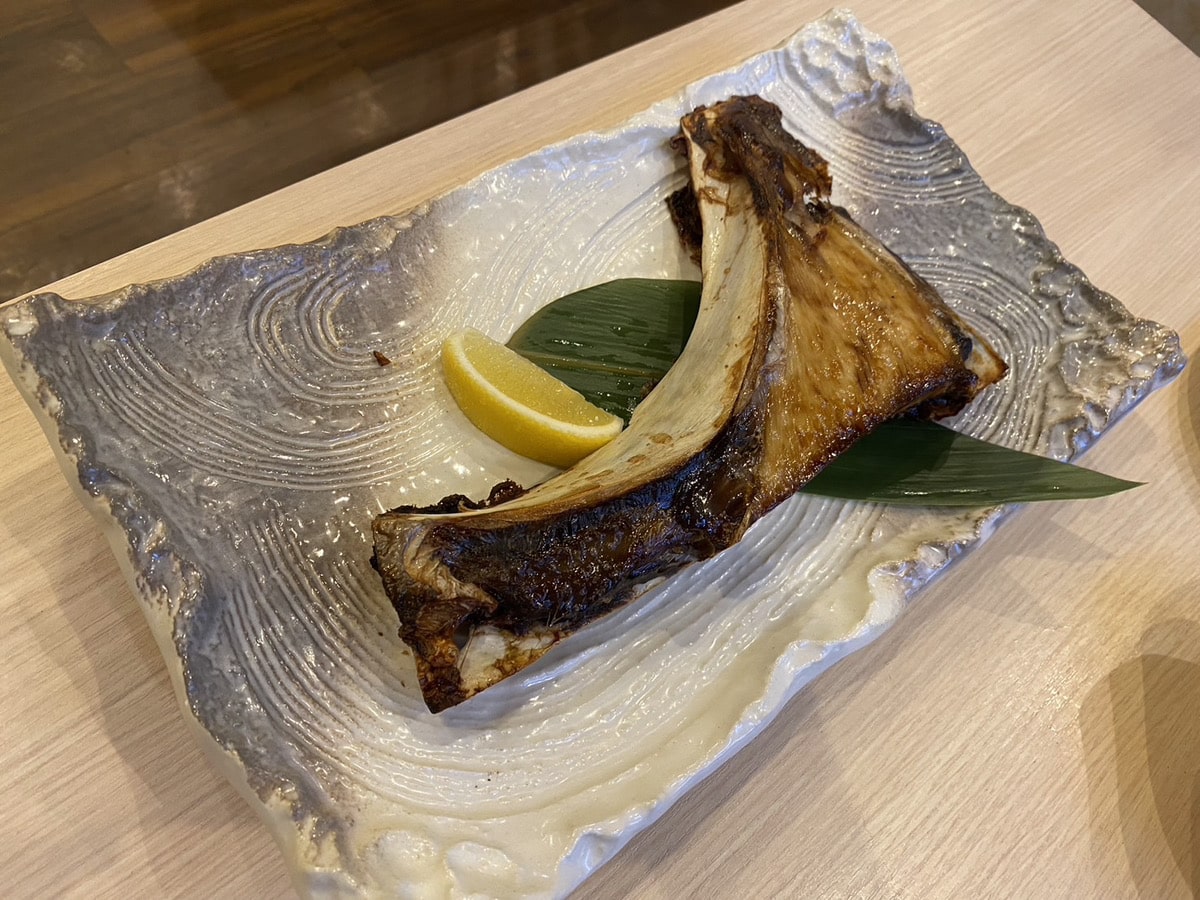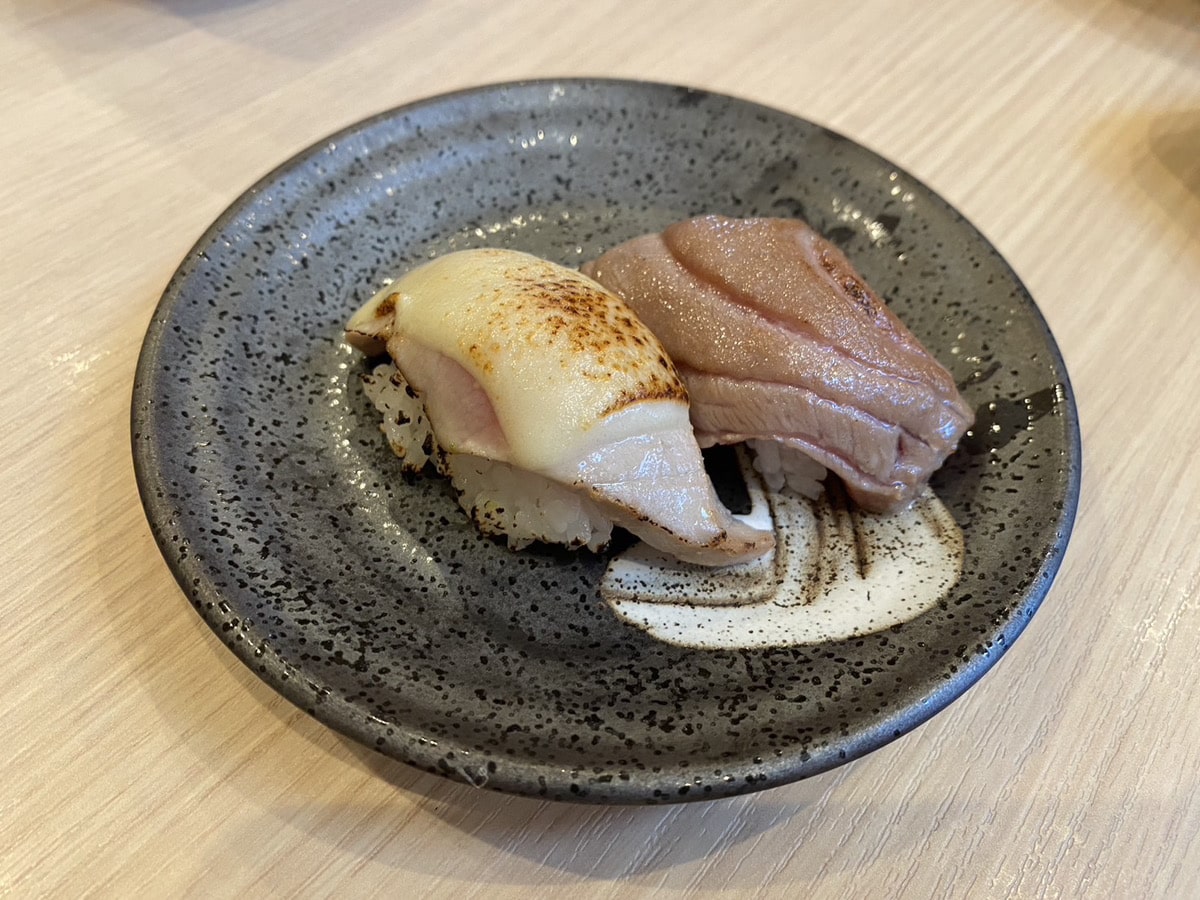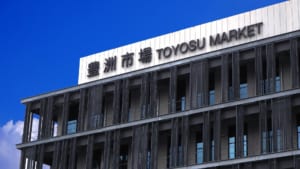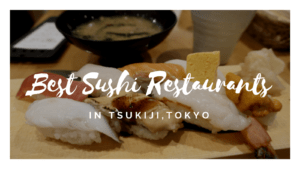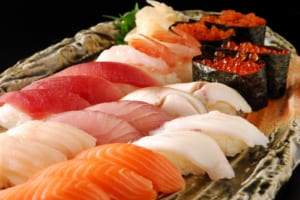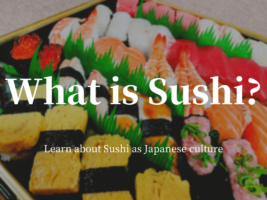Tokyo Tuna Cutting & Fresh Sushi Experience in Akihabara
Savor the Freshness: Akihabara's Premier Tuna Experience
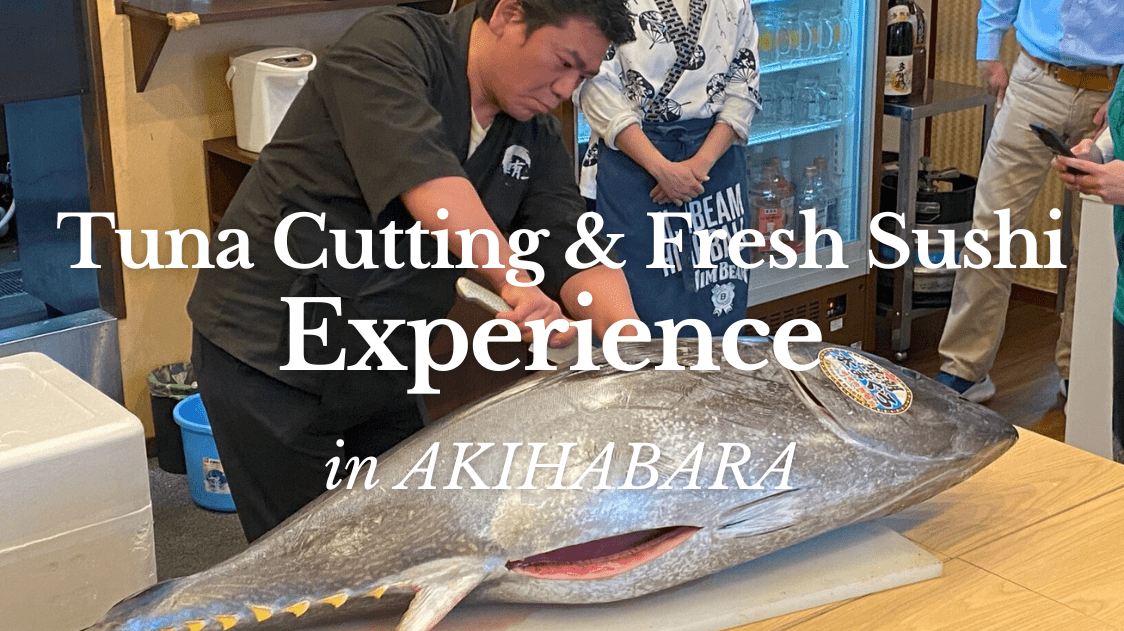
Japanese cuisine, with its rich flavors and meticulous preparation, stands as a pinnacle experience for international visitors to Japan.
Among the myriad of culinary adventures, witnessing the tuna auction at the fish market captures the imagination of many. However, this spectacle occurs in the early hours, a time not everyone is eager to greet.
Imagine then, a unique opportunity that offers the essence of this experience at a more congenial hour. In the heart of Akihabara, there exists a tour featuring a tuna cutting demonstration, accompanied by an all-you-can-eat tuna feast, starting at the convenient time of 10:30 AM.
Having had the privilege to partake in this tour, I’m excited to share the sights, tastes, and insights from this unforgettable experience!
What is the Tokyo Tuna Cutting & Fresh Sushi Experience?
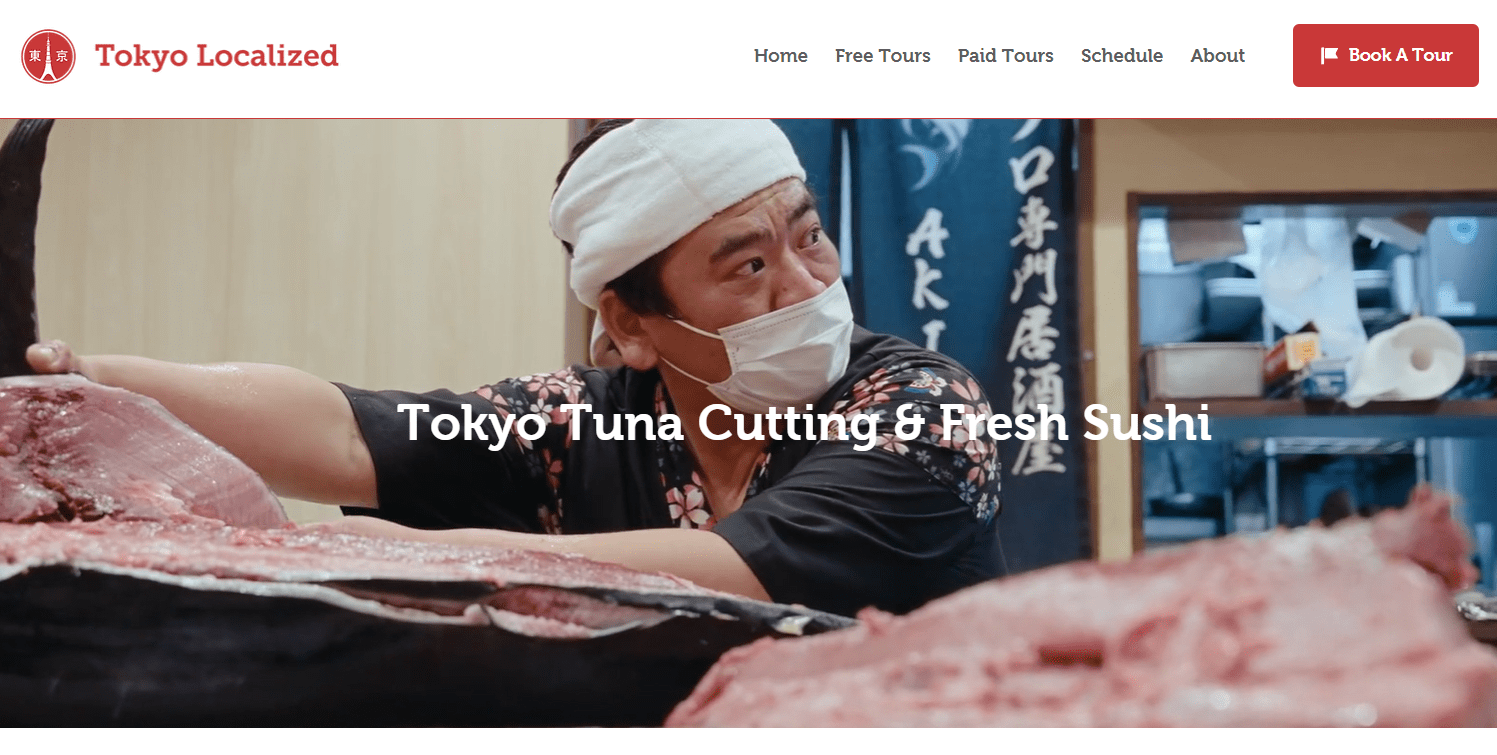
The Tokyo Tuna Cutting & Fresh Sushi experience, held at Tuna Restaurant Izakaya AKIBA in Akihabara, Tokyo, offers an immersive 2.5-hour tour into the heart of Japanese culinary tradition.
This unique adventure showcases the traditional Japanese art of tuna cutting, performed right before your eyes. As part of the tour, guests receive a detailed explanation about the significance of tuna in Japanese cuisine, alongside engaging stories about sushi and the broader food culture in Japan.
Following the tuna cutting show, participants are treated to a delightful tasting session that includes fresh tuna sashimi, sushi, and an assortment of tuna dishes, complemented by an all-you-can-drink-and-eat offering of Japanese sake.
With seven types of tuna dishes to savor, this experience promises a comprehensive exploration of tuna’s culinary delights. Join this distinctive Tokyo food tour to indulge in the rich flavors and cultural heritage of Japan.
My Experience at Tuna Restaurant Izakaya AKIBA
From here, let me share with you my experience going to the Tuna Restaurant Izakaya AKIBA.
1. Arriving at the location

The location of the tour is a restaurant called Tuna Restaurant Izakaya AKIBA (マグロ専門居酒屋 AKIBA) located just 4-minute walk from Akihabara Station.
Be sure to get out from the “Electric Town Exit”. When you get off the exit, you’ll see a huge building in front of you (Akihabara UDX). The restaurant is right across the street from this building. The restaurant is on the second floor (The first floor).
Once we entered the restaurant, you could immediately see the whole Tuna fish lying on the table in the middle of the restaurant. We were guided to our table and served our drinks.
2. Initial explanation
The experience started at around 10:30 am. Before going to the tuna-cutting performance, Dai-san (our guide for this experience) explained in detail about today’s tuna fish as well as an explanation about tuna as part of Japanese cuisine, its history, and the current situation regarding tuna farming.
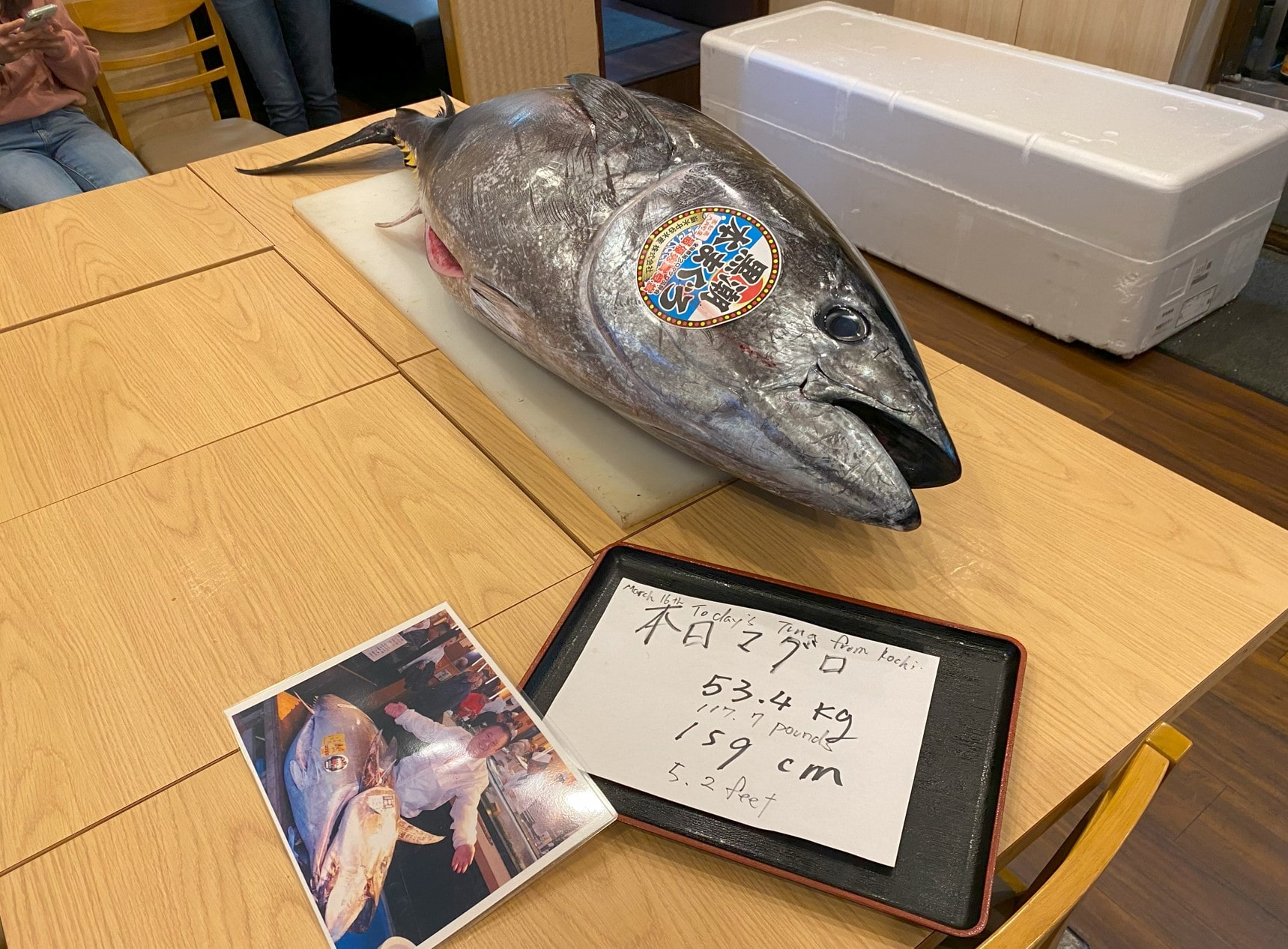
Dai-san explained to us that the tuna fish they had prepared had just been caught yesterday. It was a Bluefin Tuna, which is the best type of tuna fish of them all. This one is 5 years old and weighs 53.4 kg (around 117 lbs). He told us that bluefin tuna can grow to become 400 kg if you let them grow, but the best time to be consumed is right at this age (5 to 6 years old).
He proceeded to explain how tuna became such a popular fish to consume in Japan and overseas. It was interesting to know that tuna wasn’t consumed broadly in Japan until the 20th century due to the invention of refrigerators and the changes in people’s diets (people started to eat more fatty foods).
He also explained how tuna fish became endangered due to the sudden rise of popularity worldwide. And how Japan has been putting the effort as a country to increase the consumption of farm-raised tuna fish. The tuna fish prepared for today’s performance was also farm-raised.
Dai-san also told us fun facts about tuna such as the story about the Sushizanmai CEO who paid 2.5 million US dollars in a tuna auction a few years ago.
3. The Tuna cutting
After the explanation about Tuna, we proceeded to the main event: the Tuna cutting performance. Chou-san was the Chef who would cut and prepare the different tuna dishes today. He has been doing this for 20 years.
We all gathered around the table and saw how Chou-san started to cut into the tuna fish.
As the Chou-san was cutting the tuna, Dai-san explained about the different parts of the Tuna, how they differ in taste, and how they are prepared differently.
The performance went smoothly, you could tell that Chou-san has done this many times by how skillful he was during the performance. You could also tell that this is an energy-consuming performance.
The tuna fish was cut into three layers, which is called Sanmai oroshi (三枚おろし).
One thing many people were surprised and fascinated about was the fact that there were not so many bones in the tuna fish.
After the performance was done, we all got back to our tables and waited for the different dishes to be served.
4. The Food
Eight different tuna fish dishes were served on this day. besides this, there was also a dish of edamame (boiled soybeans), takuan (pickled radish), and ginger slices to cleanse the pallet.
They also served a wide variety of drinks from which you could choose. From coke and oolong tea to Japanese Sake.
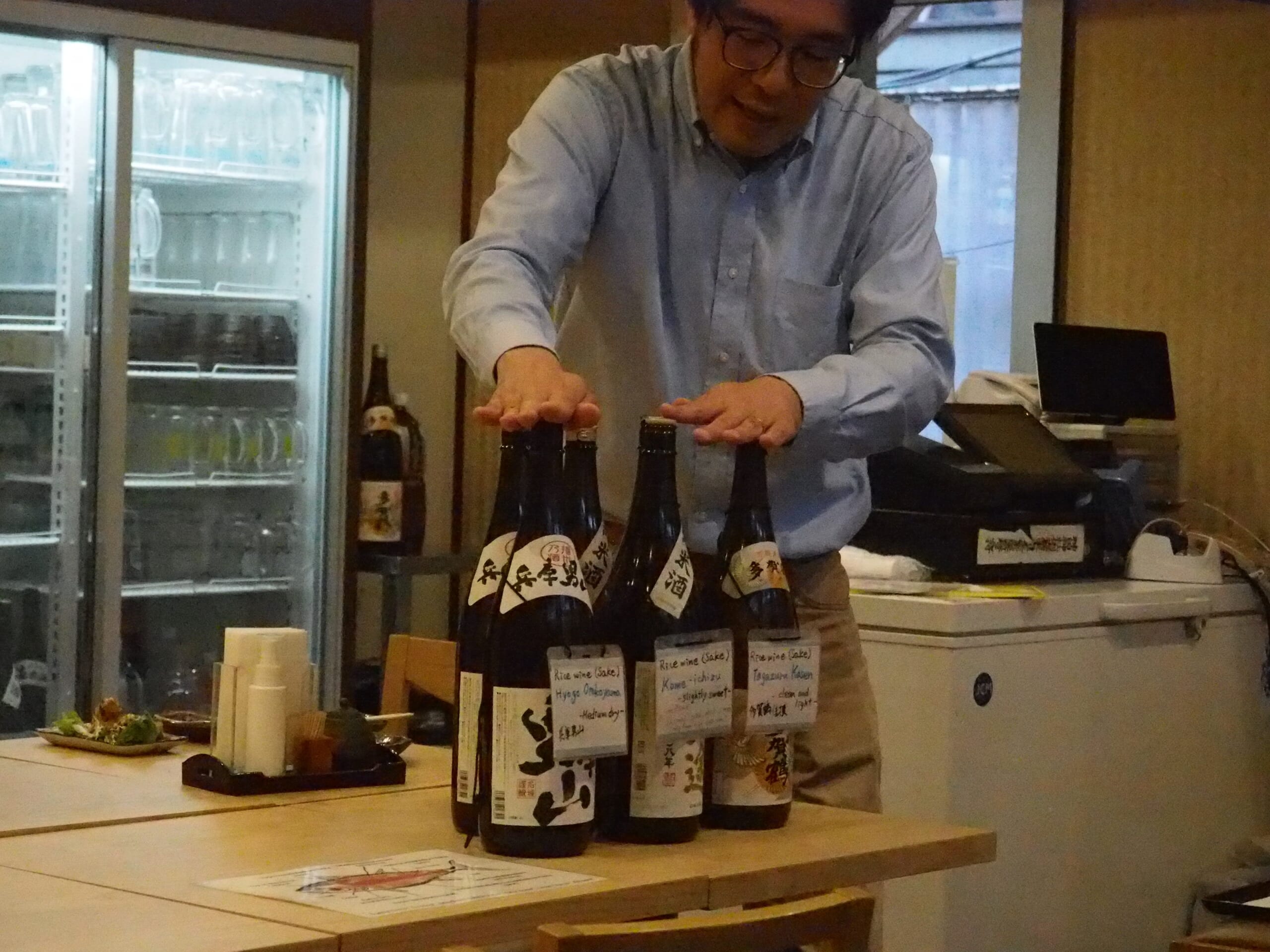
Dai-san took the time to also explain the different types of Japanese Sake, how to drink it, and which type matches with what type of foods. For those who are not very familiar with Japanese Sake, this is also a good opportunity to savor and taste the different types and how they match differently with the tuna dishes.
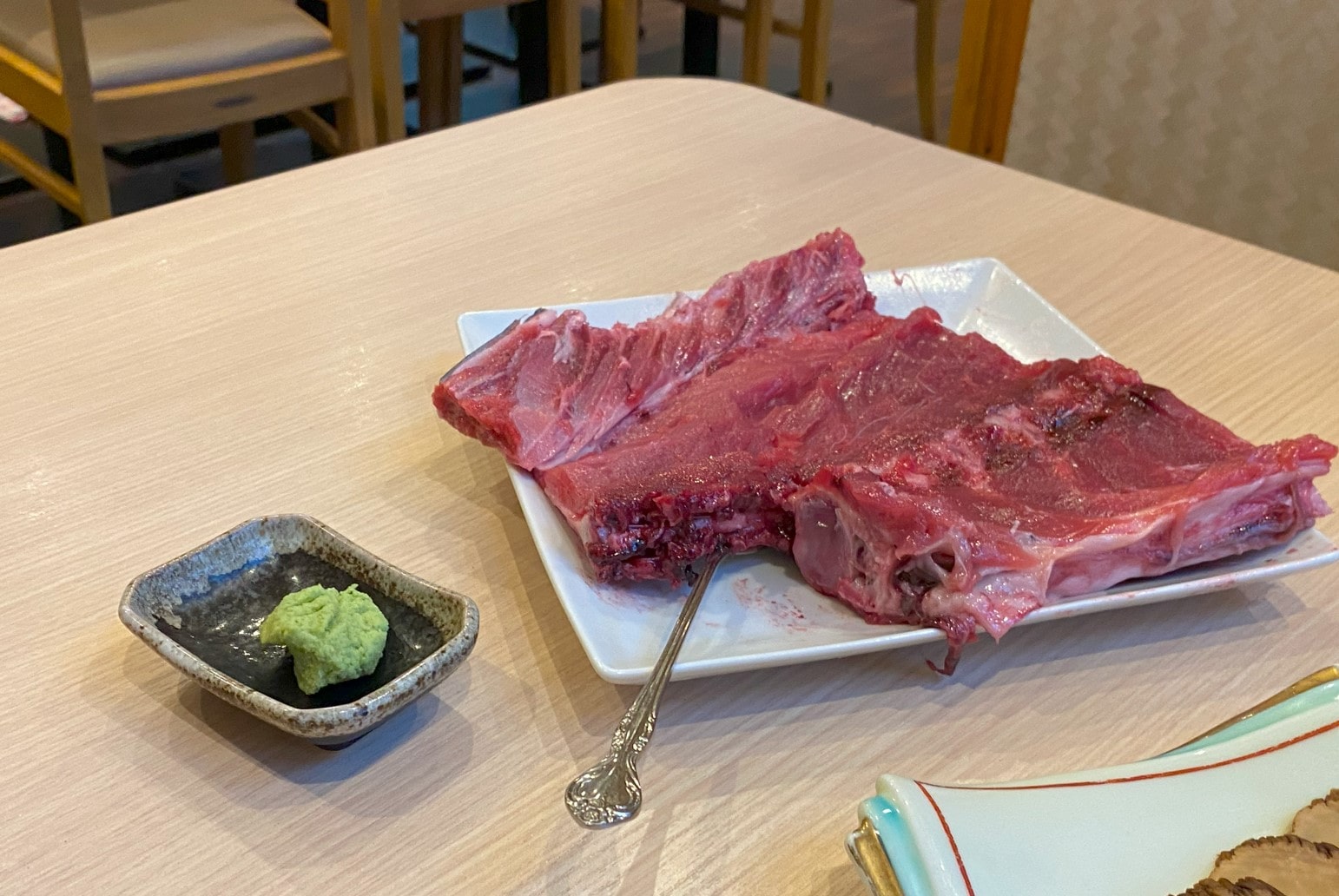
The first dish was the Nakaochi (中落ち) which is the bony part of the tuna fish. This is a part you won’t see very often on the menu of a regular restaurant. You use a spoon to scoop the meat from the bones and eat it with a little soy sauce.
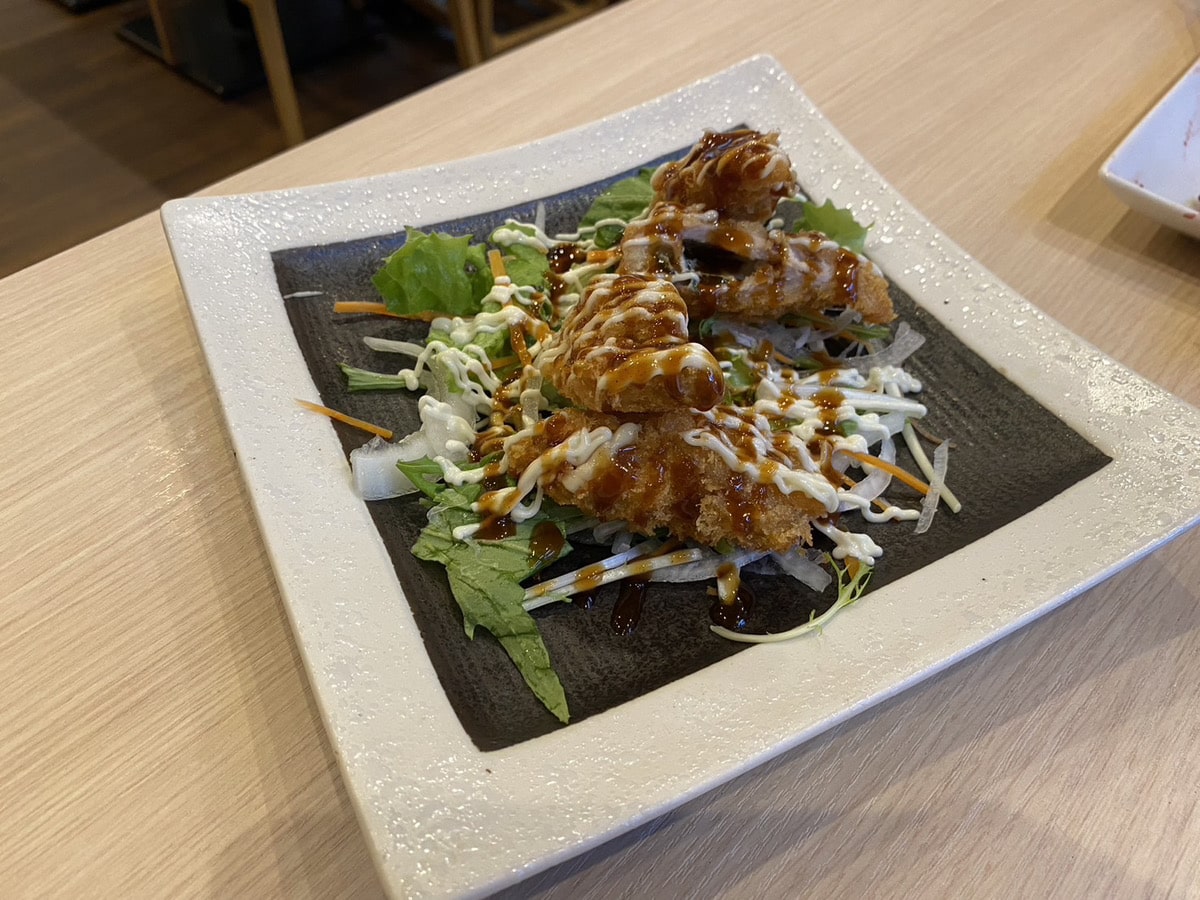
The second dish was deep-fried tuna with Shiso and cheese. When you think about tuna fish in Japanese cuisine, you tend to think about sashimi or sushi, but this was also a delicious dish that expanded the possibilities of how to eat tuna.
Next on the menu was the tuna sashimi. First, we got three slices to see the different parts of the tuna fish. The red Akami (赤身), the pink-ish red Chutoro (中トロ), and the white Otoro (大トロ).

After tasting the difference in taste, we were served more sashimi on a ship-shaped dish. This is called Funa mori (船盛り).
When eating sashimi, Dai-san explained how the order of eating is important. Lean meat first, because if you eat the fatty part first, you won’t be able to taste the following properly due to the fat. So, after you eat the fatty part, it is important to have a sip of Sake (drink) or have a small portion of ginger to reset your pallet.
After the sashimi, came the other dishes wich were: Tuna sushi, Kamayaki (grilled tuna collar), Tatsuta-age (fried and marinated), and aburi sushi (flame-seared).
There was plenty of time afterwards for those who would like to eat and drink at their own pace. The tour is an “all-you-can-eat” and “all-you-can-drink” tour, so it is best to come with a good appetite!
My thoughts
The Tokyo Tuna Cutting & Fresh Sushi tour offers a truly unparalleled experience, especially with the opportunity to savor raw bluefin tuna that is exceptionally fresh, having never been frozen. This aspect alone makes the experience memorable.
The tour is not only a feast for the palate but also an educational journey. The detailed explanations provided throughout the tour enrich one’s understanding of not just tuna, but also the intricacies of Japanese sake, including tips on pairing it with tuna dishes.
The convenience of the tour’s location, situated near Akihabara Station, enhances its appeal, and the timing is surprisingly convenient, debunking the myth that such events must occur at dawn.
The guide, Dai San, adds a special touch to the experience with his extensive knowledge and vibrant personality, eagerly addressing all questions. This blend of culinary delights, cultural insights, and personal engagement makes the tour an unforgettable experience.
For more information about the tour, be sure to check out the following link!
<<Book Online: Tokyo Tuna Cutting & Fresh Sushi>>
How to get to Tuna Restaurant Izakaya AKIBA?

As I previously mentioned, the restaurant Tuna Restaurant Izakaya AKIBA is located just 4 minutes away from Akihabara station by foot.
Be sure to get out from the “Electric Town Exit” and walk towards Akihabara UDX (the large building in front of the exit). The restaurant is located on the 2nd floor, right across the street from Akihabara UDX (the first floor is a Korean restaurant).
-Tuna Restaurant Izakaya AKIBA-
 Access Access |
4 minute walk from Akihabara Station (JR Lines) |
|---|---|
 Official Website Official Website |
https://www.tokyolocalized.com/tokyo-tuna-cutting-show-tour |
I hope this article has been helpful to you. If you are interested in Tuna cutting performances and tuna tasting, then this may be exactly what you’re looking for!
▽Subscribe to our free news magazine!▽
For more information about things to do in the Tokyo area, be sure to check out the following articles!
▽Related Articles ▽
▼Editor’s Picks▼
Written by
Born and raised in Costa Rica, I started living in Tokyo from college. I love traveling within Japan & around the world. Since I wasn’t born in Japan, I know the cultural impact that you can get when visiting Japan for the first time and what you might be worried about before your trip. And I’ve lived long enough to somewhat understand the nuances of the Japanese culture that make this country such an attractive place to visit. Hopefully I can provide to you both the information you’re looking for and the information you didn’t know you needed to know.
